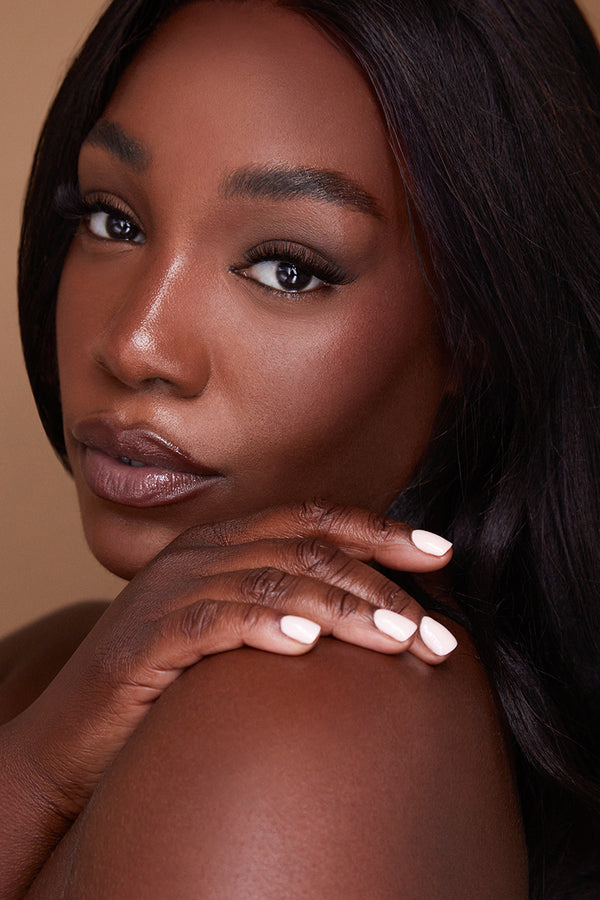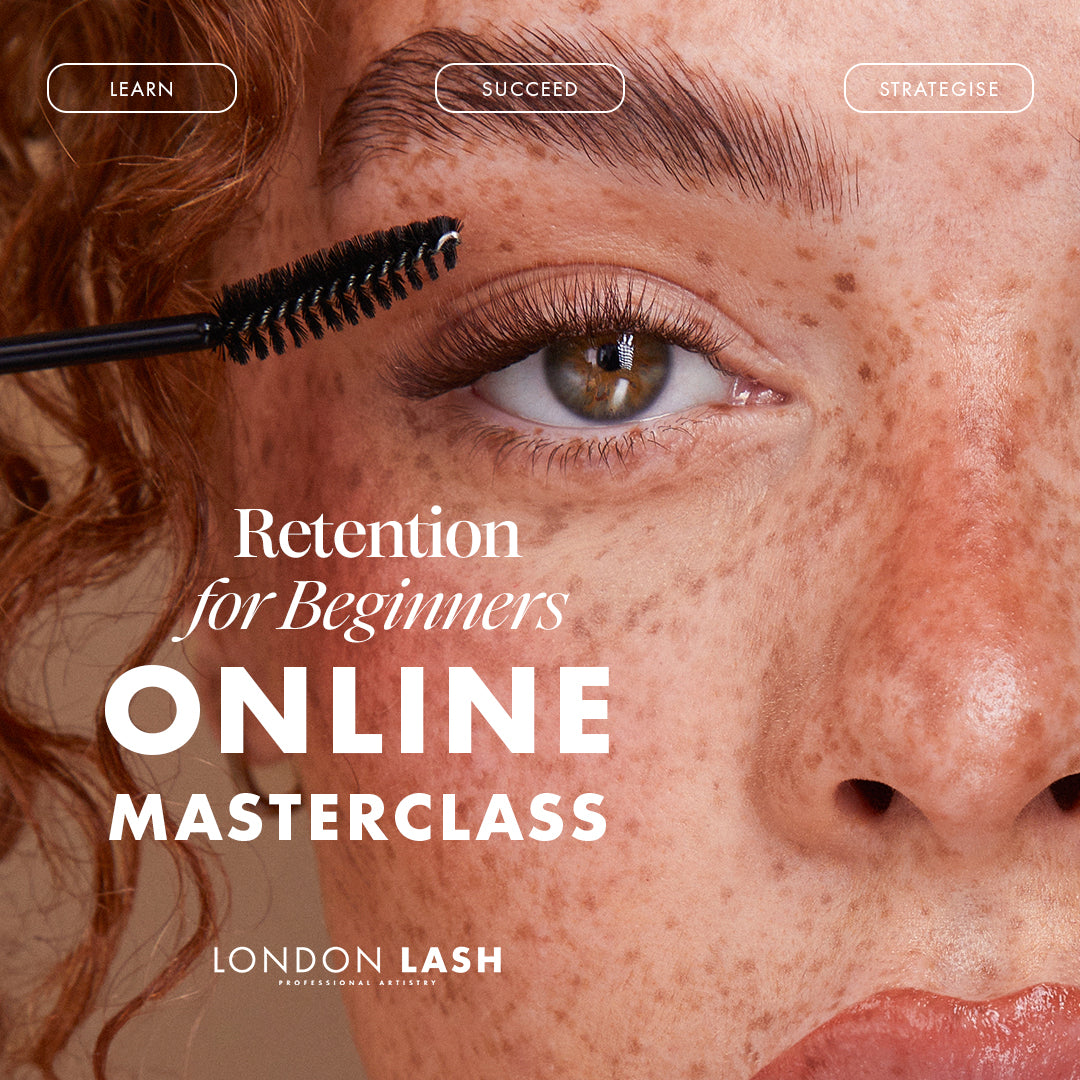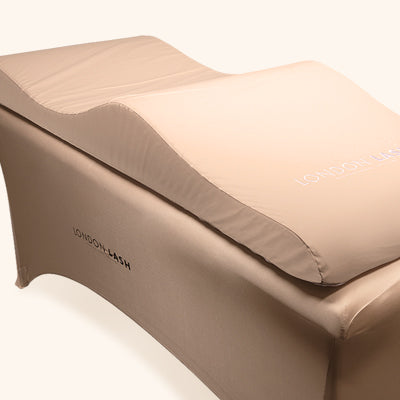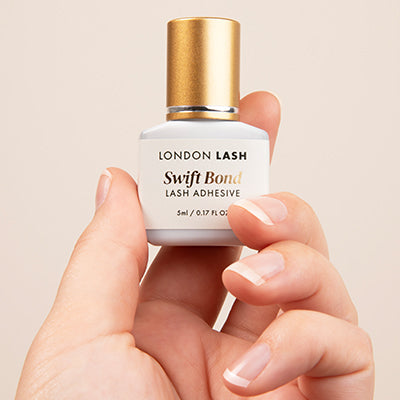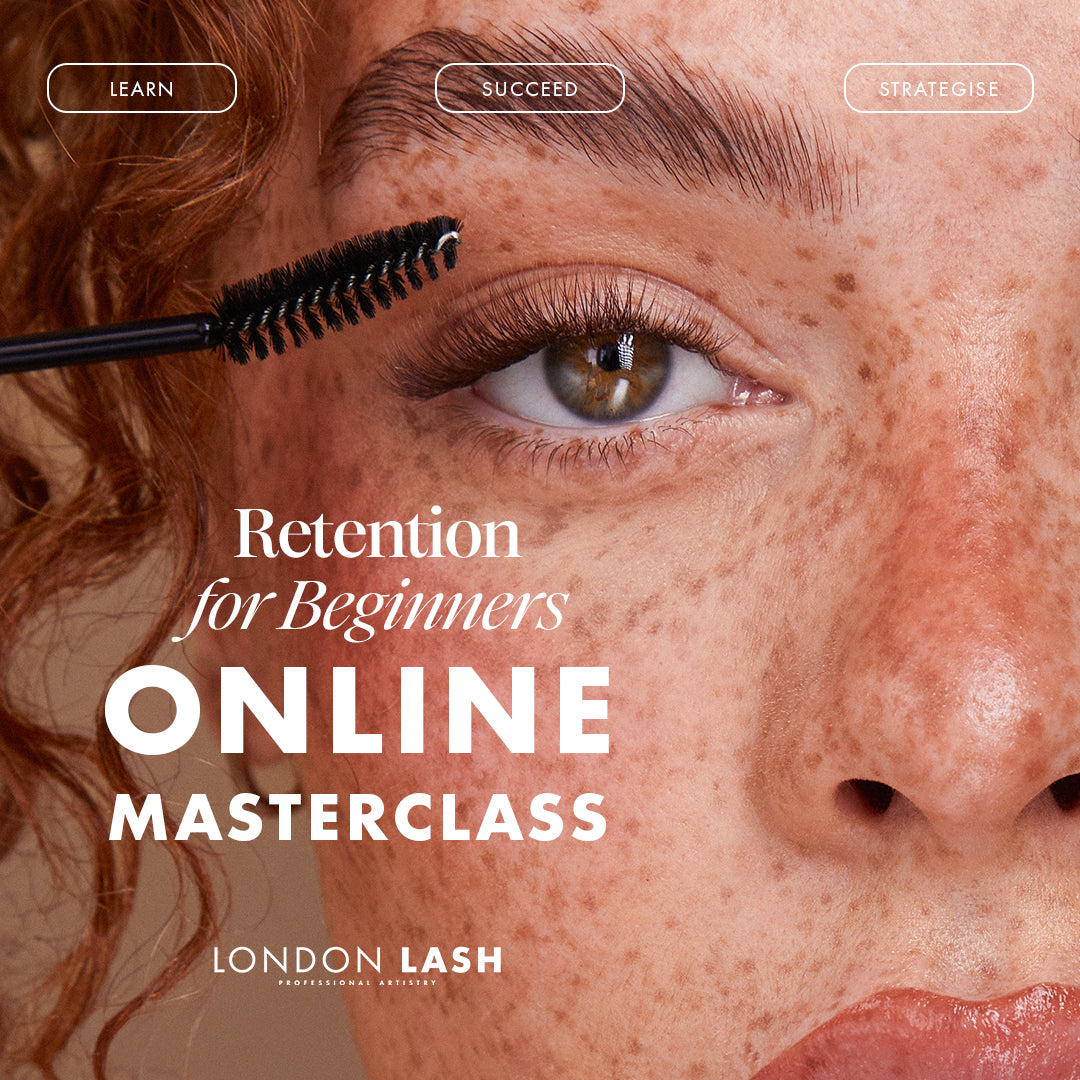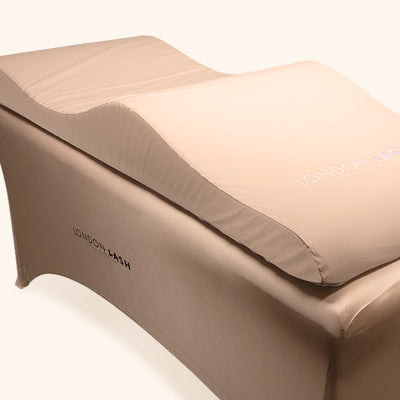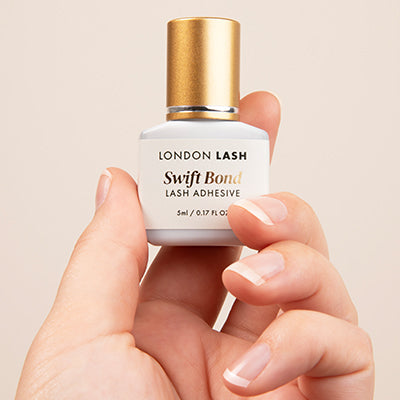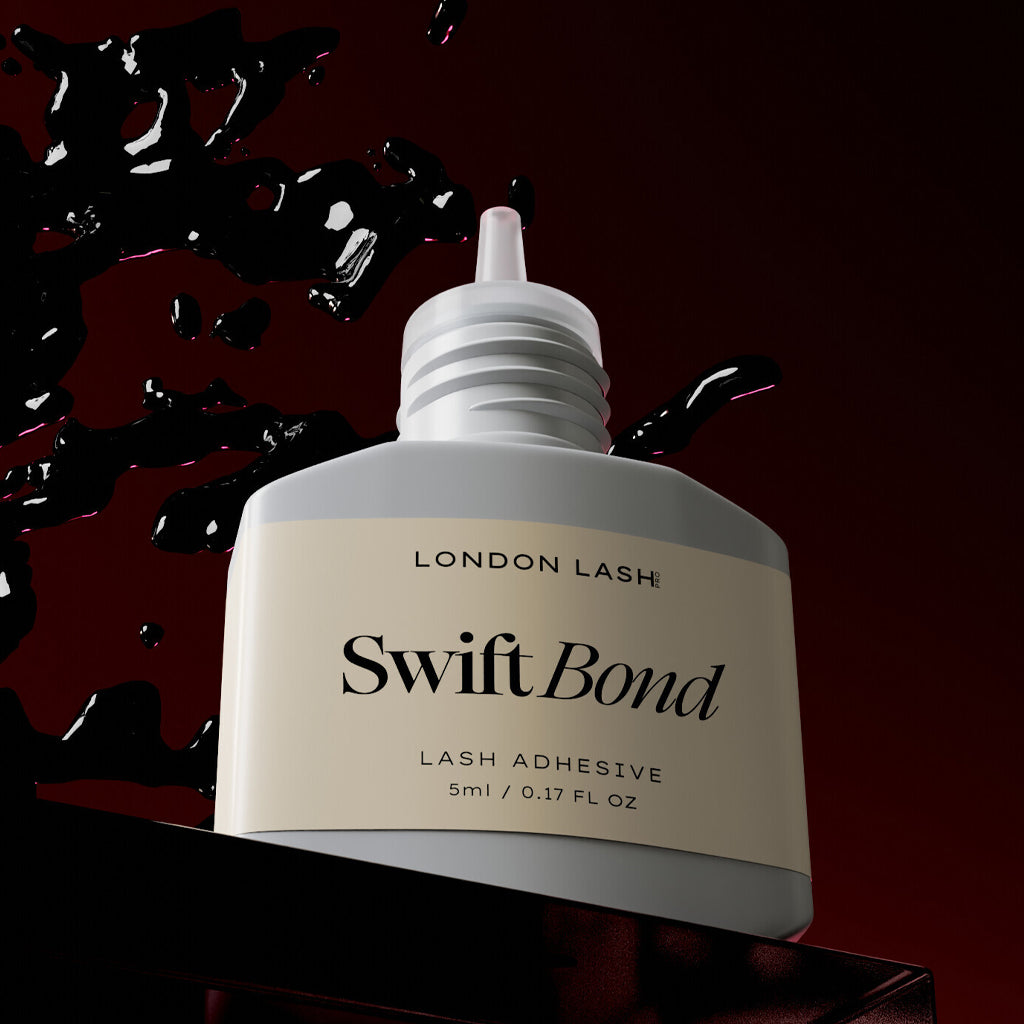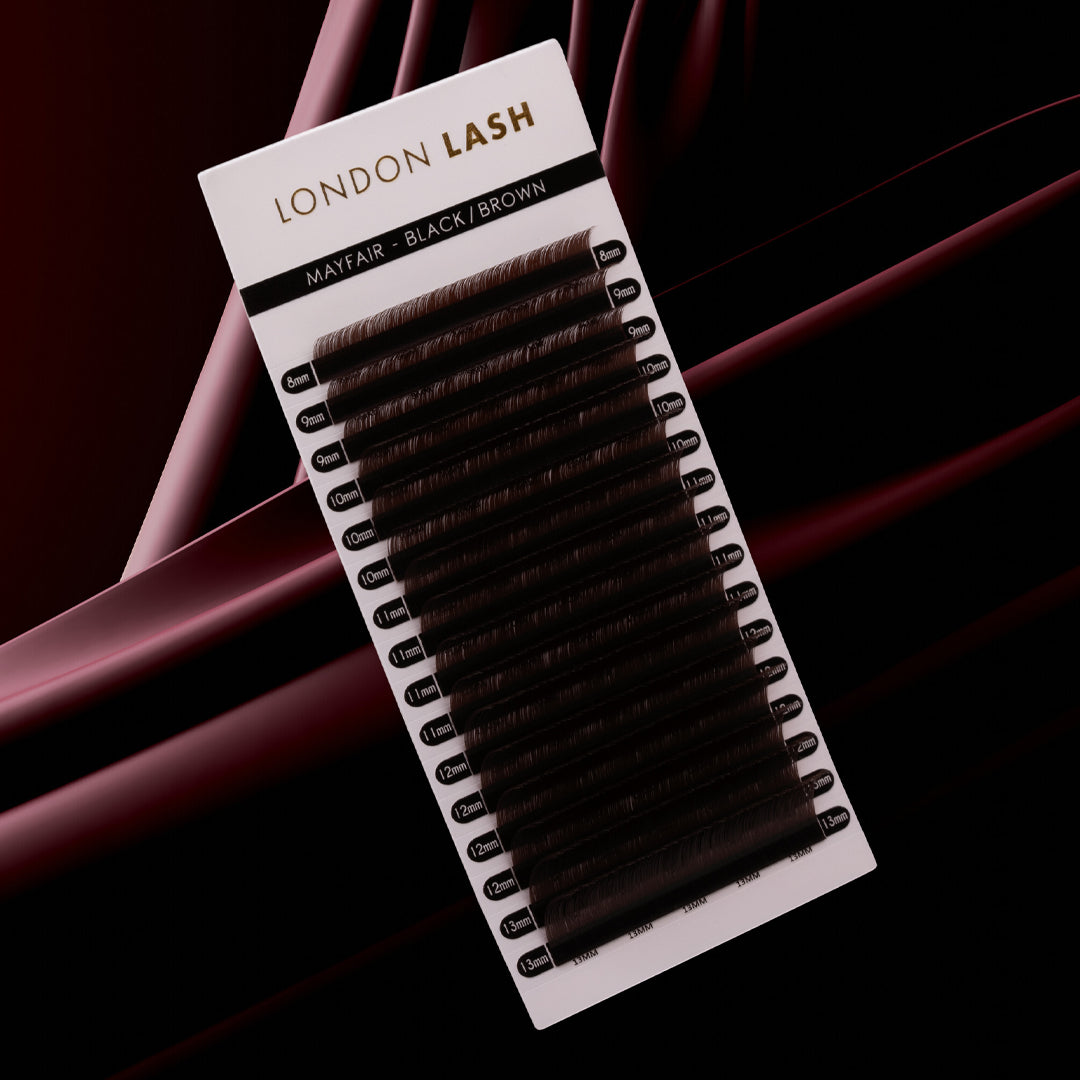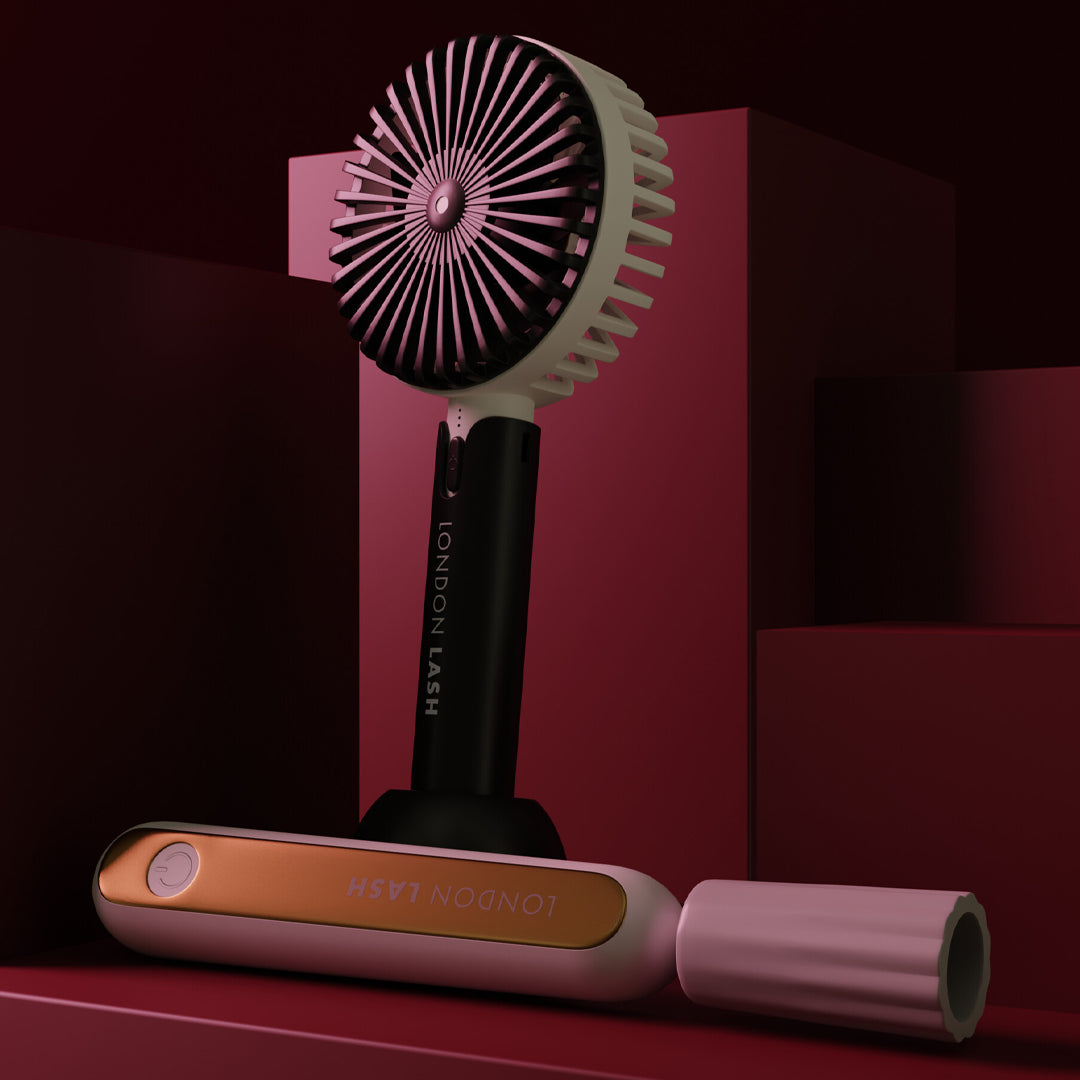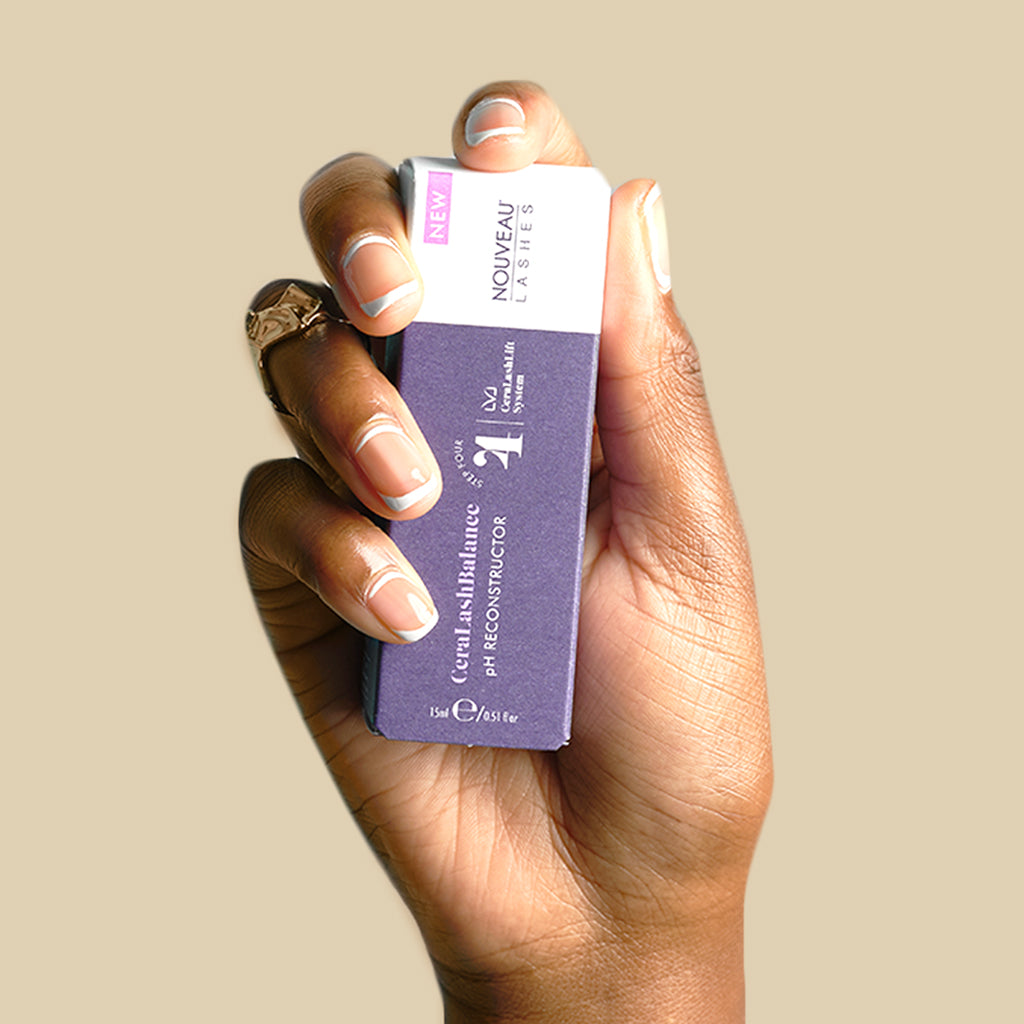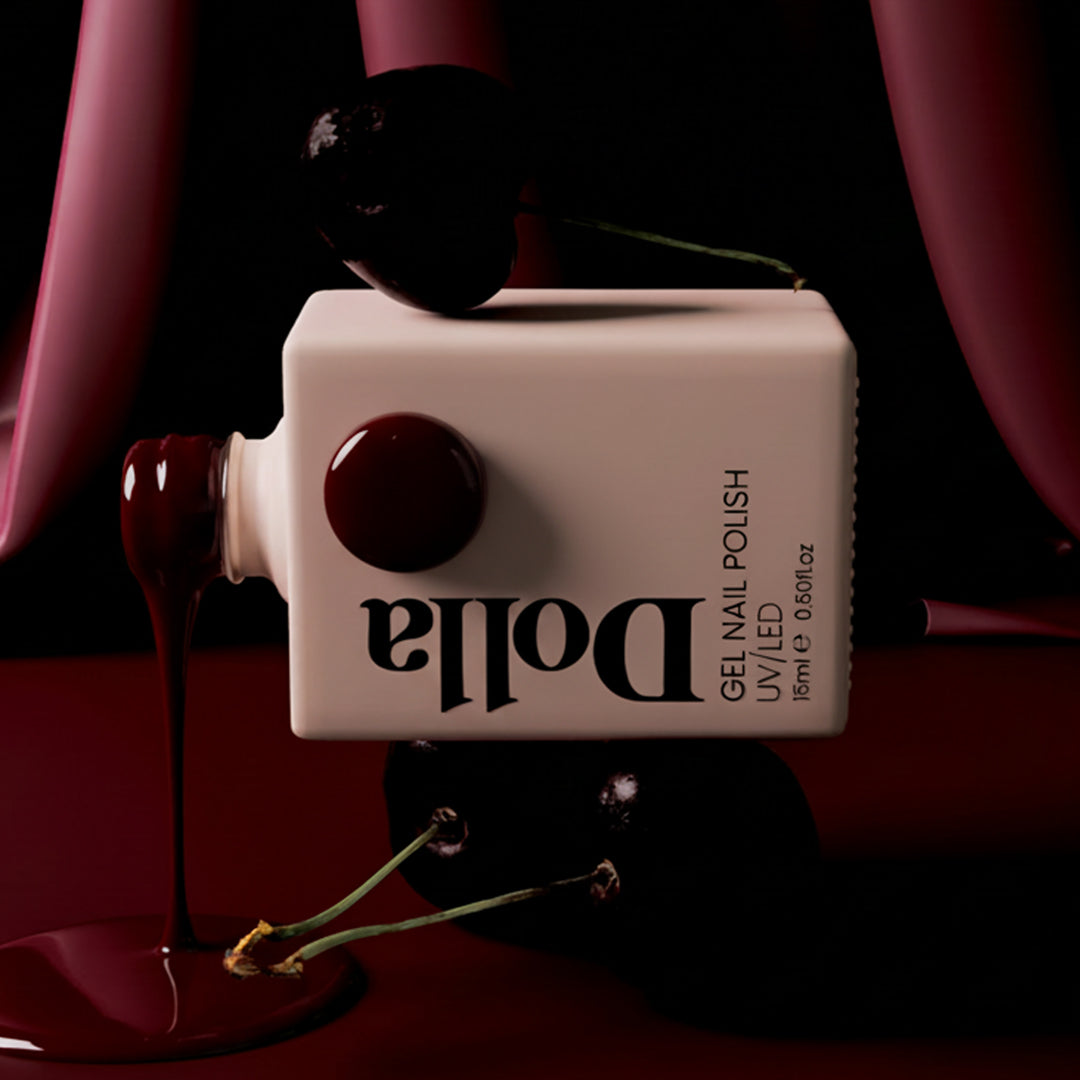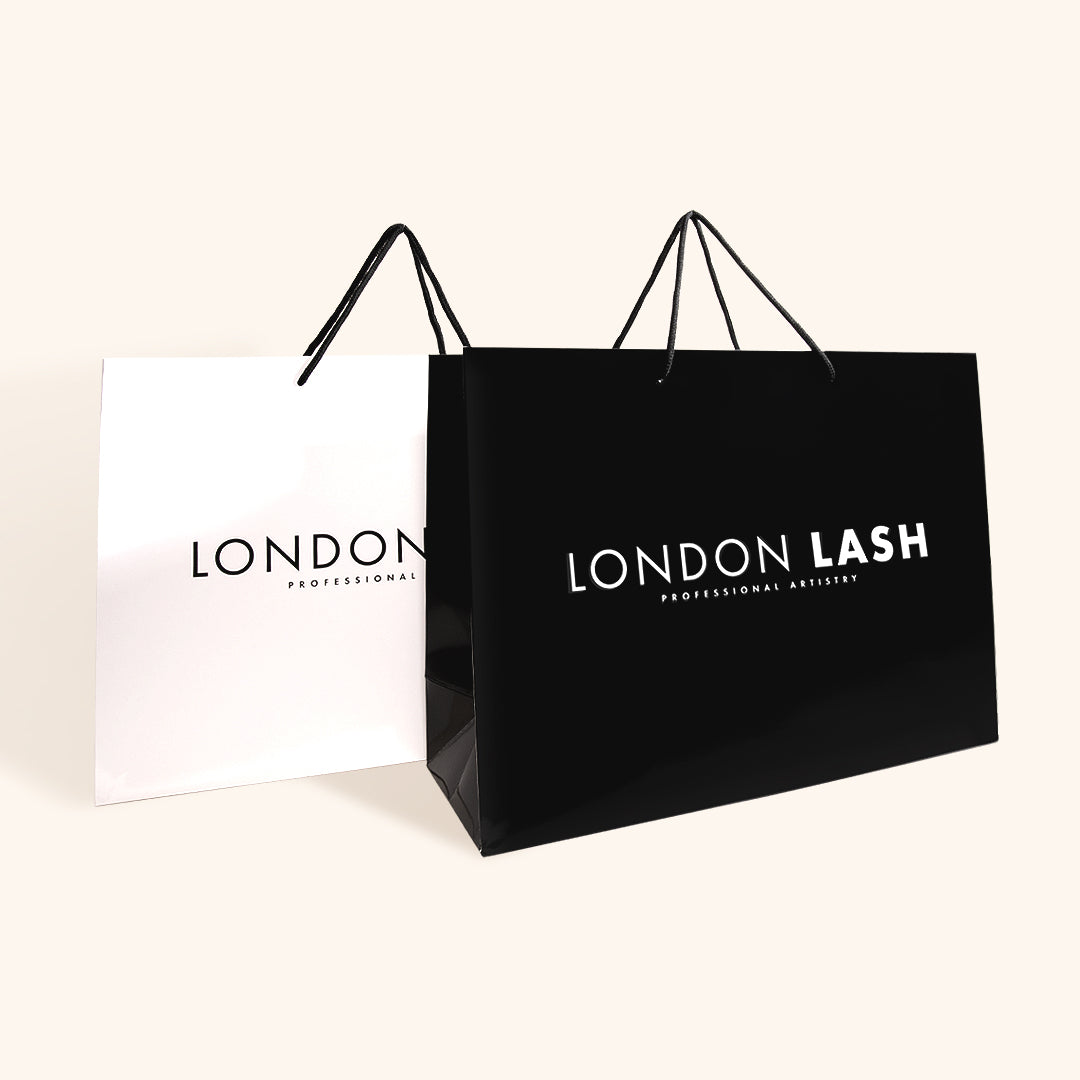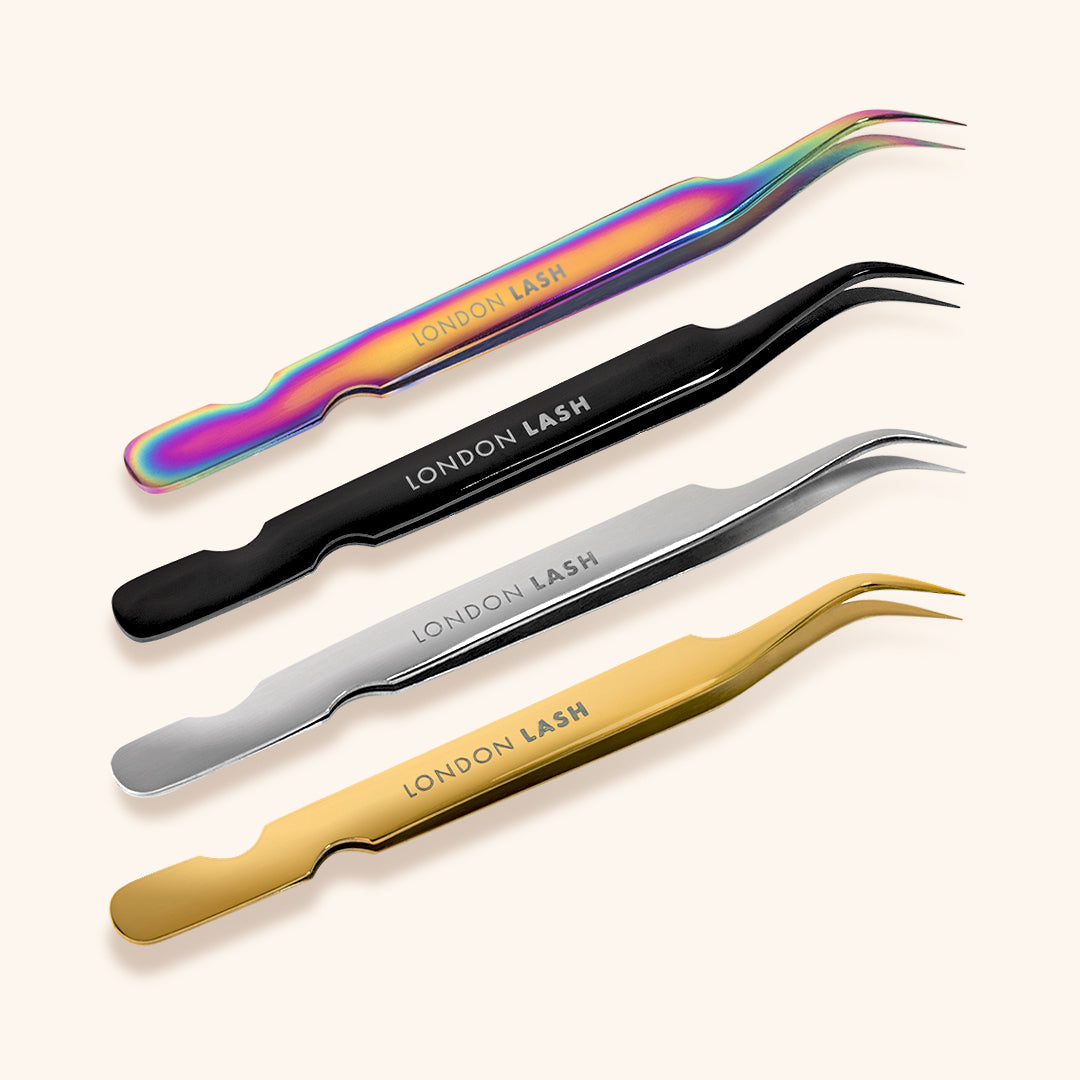New In
Glues & Liquids
Lashes
LASH LIFT
Dolla Nails Pro
Online Training
Save up to 57% off
How to Identify Damaged Lashes
August 27, 2023 4 min read

What Do Damaged Lashes Look Like and How to Prevent Them
It’s a Lash Tech's worst nightmare when a client turns up for their appointment and their lashes are brittle, weak, and damaged! But what are the telltale signs, and what do you do when you’re faced with this situation? As a Lash Technician, it's crucial to ensure that the lashes you work with are healthy and undamaged. This not only guarantees a better outcome for the finishing look but also protects the health and safety of your client’s lashes. In this article, we'll delve into the signs of damaged lashes, what can cause this damage, and how to prevent it.

What Do Damaged Lashes Look Like?
It can be pretty easy to identify damaged lashes; if they’re heavily damaged, it will be visibly obvious. However, if you’re a little unsure, here are several ways in which damaged lashes can be distinguished:
Brittleness: Lashes that easily break or snap are a clear sign of damage. They may look thinner, feel rough to the touch, and lack their usual flexibility.
Sparse Growth: Over time, damaged lashes can lead to sparse growth, with noticeable gaps and areas where lashes are shorter or missing altogether.
Discoloration: In some cases, lashes may appear lighter or have a faded hue, indicating damage or stress.
Change in Texture: Healthy lashes have a smooth texture. If they feel coarse, have blunt tips, a kinked shape, or have an irregular curl pattern, it might be a sign of damage.

What Can Damage the Natural Lashes?
There are various factors as to why your client’s natural lashes could be damaged. Here are some factors that can contribute to lash damage:
Improper Application of Lash Extensions: If eyelash extensions are not applied correctly, they can put strain on the natural lashes, leading to breakage. Remember, it’s not always safe to lash every single natural lash. If you want to learn how to apply eyelash extensions properly and safely, our best advice would be to educate yourself with training materials and undergo a training course. You could also check out our other blog posts about how to apply lashes step by step and for tips you may not already know. Education is the key to success!
Improper Aftercare: Proper aftercare of lash extensions is paramount to maintaining the health of the natural lashes. Incorrect practices, such as rubbing the eyes, using oil-based makeup removers, or inadequate cleaning, can compromise the adhesive bond, increase the risk of infections, and place unnecessary stress on the natural lashes. Ensuring that clients are educated about following your recommended aftercare advice is essential to prevent damage and the overall retention of the lash extensions.

Harsh Products: Using products with harsh chemicals or using products not specifically designed for lashes can weaken them over time. This is especially important when getting a lash lift treatment…
Frequent Lash Lifts and Laminations: While lash lifts and laminations can give a beautiful curl and appearance, frequent treatments without proper care can lead to weakened lashes. Your client should always wait at least 4 to 6 weeks before they come back for another lash lift appointment. Your clients could essentially fry off their lashes if they came to you too frequently for this type of treatment!
Physical Stress: Rubbing the eyes aggressively, picking the lashes, using eyelash curlers too often, or not removing makeup properly can all contribute to lash damage. Believe it or not, pulling out your lashes can actually cause permanent damage as you can harm the hair follicle and the surrounding skin and are more at risk of infections.
Health Conditions: Unfortunately, various health conditions, such as alopecia, can cause you to lose lashes over time. Blepharitis and poor lash hygiene are also key factors. If your clients fail to practice good hygiene and proper aftercare, the oil glands near the base of the lashes can become clogged and inflamed, causing blepharitis.
Health and Diet: Just like the hair on our heads, lashes are affected by our overall health and diet. Nutritional deficiencies can lead to weaker lashes.

How to Prevent Damaging The Lashes
As a Lash Tech, it's also your responsibility to educate and guide your clients on maintaining the health of their lashes. Whether the symptoms are permanent or reversible, there are various ways that you can avoid causing damage, and your clients can give their lashes some much-needed TLC. Here are some tips:
Educate on Proper Aftercare: After applying lash extensions, provide your clients with an aftercare guide. This should include information on cleaning their lashes, avoiding water and steam for the first 24-48 hours, and using oil-free makeup removers and products.
Recommend Quality Products: Suggest lash serums specifically designed for eyelash health, as these products can strengthen and nourish the lashes. If you want to ensure thorough aftercare, it’s a great idea to provide your clients with a lash shampoo. You could even retail your own aftercare kit with our foaming lash shampoo and a lash cleansing brush to your clients after their treatment, this way, you know that they have no excuse but to keep them squeaky clean!
Space Out Treatments: If a client is getting frequent lash lifts, advise them to space out their treatments to give their natural lashes a break.
Gentle Application: Make sure to apply the lash extensions with care, using the right amount of lash glue, checking for stickies, and ensuring that the extensions are not pulling or straining the natural lashes. As a Lash Artist, you want to make sure that you can correctly identify both baby lashes and thinner, weaker lashes! Baby lashes are often best left alone in most cases, however, if a client has a large group of baby lashes in one place or has gaps, sometimes a few baby lashes can be lashed, but make sure to use lighter lash diameters on them. Thin and weaker lashes again should be lashed with caution! If too heavy of a lash extension is placed on these weaker lashes, it could cause some damage.

Lashes, though small in size, play a significant role in one's appearance. As a professional, it's essential that you know how to recognize the signs of damaged lashes and take the necessary steps to prevent further harm. By staying informed, using quality products, and educating your clients, you can ensure that every set of lashes you work on remains healthy and full. Remember, happy clients with healthy lashes are the best advertisement for your skills and the quality of your lash services.
Check out these featured products
Subscribe
Sign up to get the latest on sales, new releases and more …
